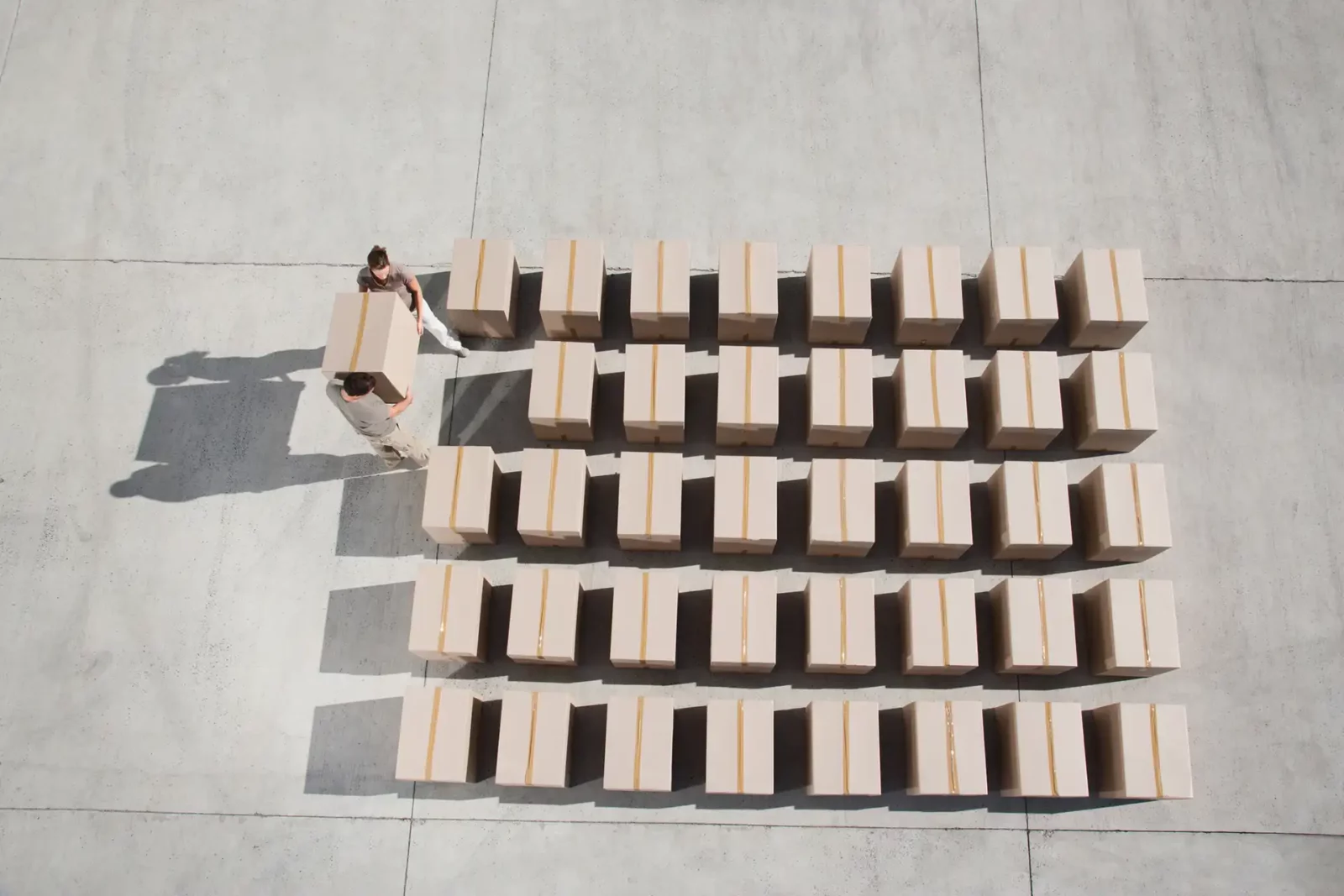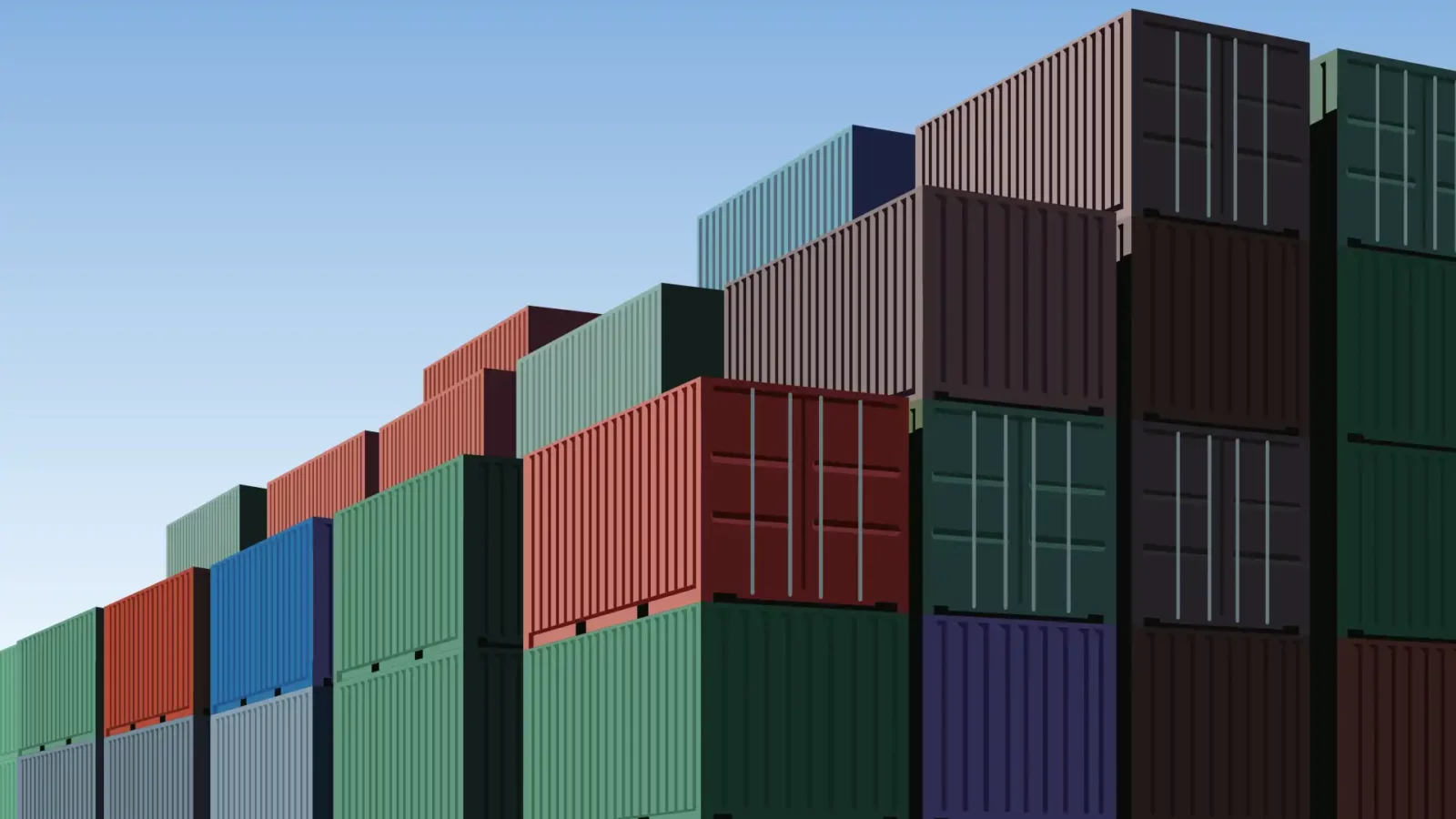If you received a back ordered item from a supplier, would you place it into inventory and then have it picked back out and shipped to the customer? Probably not if the customer is impatiently waiting for his shipment. Instead, you would temporarily set it aside just long enough to ship it straight to the customer. This is a form of cross-docking. Cross-docking is the transfer of incoming products from a supplier directly to an out bound truck to the customer with little or no warehousing.
As you can see, if all of your shipments could be handled this way, there would be no need for a big warehouse, an inventory, or a team of pickers and packers. You would save a lot of money on laborers, warehouse upkeep, and inventory storage. There would be no need to tie up money in inventory.
Cross-docking in its purest form is a just-in-time method where goods are received only when they’re needed. This strategy makes sense if you have very reliable suppliers with whom you have close coordination. Your operation would require good information flow up your supply chain. It would work best with high turnover products with short lead times and a steady demand.
This situation doesn’t describe most operations or products which is why warehousing and inventory are not nor ever will become obsolete. However, there are circumstances where some cross-docking fits into your warehouse management. As mentioned above, it makes sense to use it with back-ordered items as well as with those products that are high turn over with steady demand. Sometimes cross docked products are combined with items taken out of inventory to complete an order.
Cross-docking is a poor choice for slow-moving and low value items. It would also be inappropriate for items with long lead times or if your suppliers are less than reliable. Seasonal items received well before the selling period would have to be stored in your warehouse. If you had a pure cross-docking operation, then you lack the storage facilities to take advantage of bulk discount deals with your suppliers.
The use of warehousing and inventory as a buffer against uncertainty is often referred to as an old-fashioned concept. However, uncertainty in the form of unpredictable demand, unreliable suppliers, unpredictable weather, worker strikes, or natural disasters is not going away anytime soon. Many of Japan’s businesses practiced just-in-time methods brilliantly right up until the Fukushima nuclear disaster in 2011.
For more information on improving your warehouse operations, contact us today.







